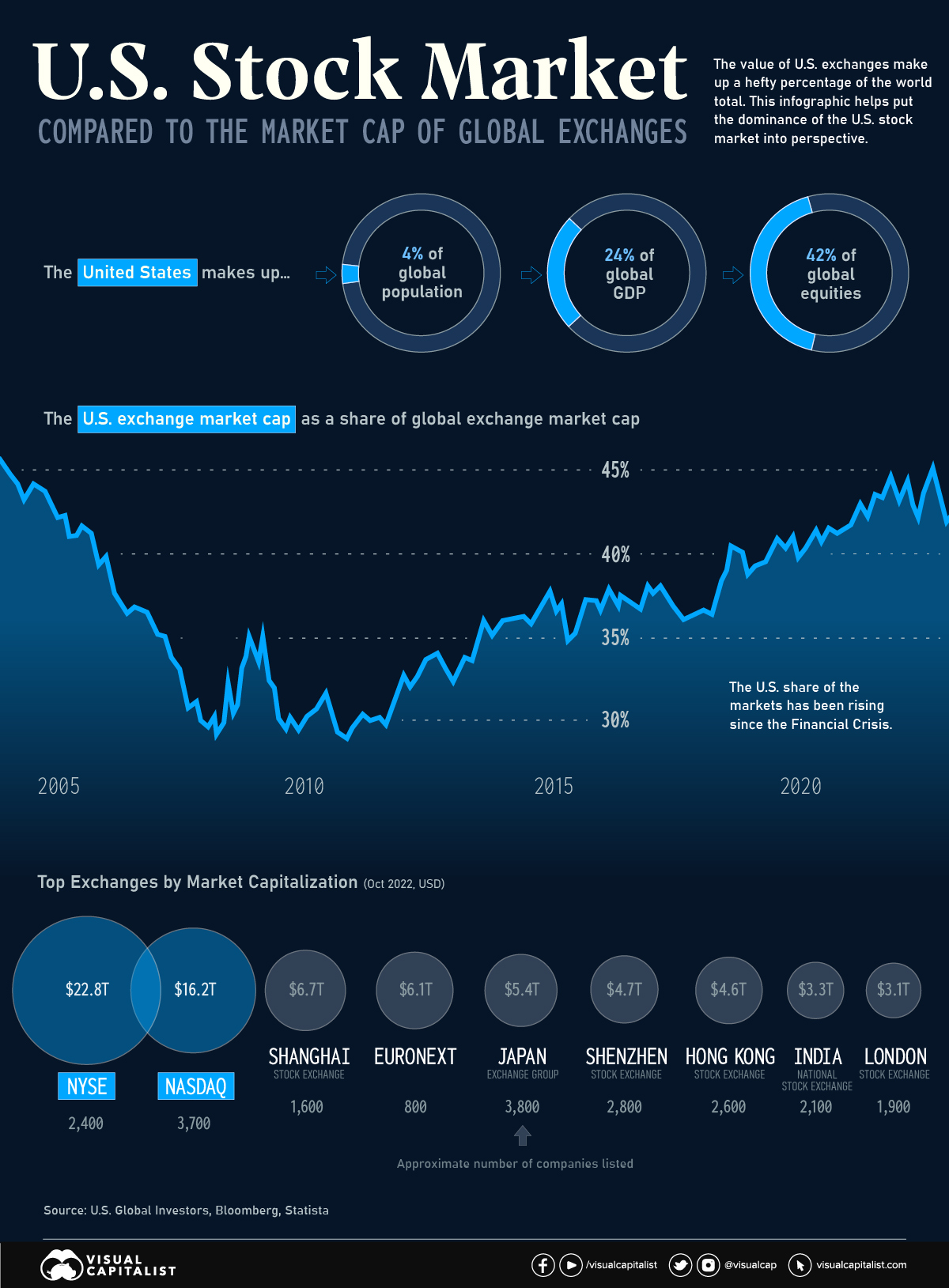Index Surge: Amplifying Your Insights
Stay updated with the latest trends and news across various industries.
Stock Market Shenanigans: Dancing with Bulls and Bears
Uncover the wild world of stocks! Join us as we navigate the bullish highs and bearish lows of market shenanigans. Don’t miss the excitement!
Understanding Bull and Bear Markets: Key Differences Explained
Bull and bear markets are two fundamental concepts in the world of investing that define overall market trends. A bull market refers to a period where prices are rising or are expected to rise, often characterized by a 20% increase in stock prices from recent lows. Investor confidence is typically high, driven by strong economic indicators like growth in GDP, low unemployment, and increasing corporate profits. In contrast, a bear market describes a phase where prices are falling or are expected to fall, often marked by a decline of 20% or more from recent highs. During such periods, pessimism dominates as investors lose confidence, leading to a decrease in spending and investment.
Understanding the key differences between these two market conditions is essential for investors aiming to navigate the financial landscape effectively. In a bull market, investors tend to adopt a more aggressive strategy, buying stocks in anticipation of future gains. Conversely, during a bear market, strategies often shift towards risk aversion, with a focus on preserving capital through defensive investing or short selling. To summarize:
- Bull Market: Optimism, rising prices, and economic growth.
- Bear Market: Pessimism, falling prices, and economic decline.

How to Navigate Stock Market Volatility: Tips for Investors
Navigating stock market volatility can be challenging, but with the right strategies, investors can protect their assets and potentially find opportunities in the chaos. Understanding market trends is crucial; keep an eye on economic indicators, earnings reports, and global news that can impact investor sentiment. Additionally, consider diversifying your portfolio to spread risk across various asset classes. This means including a mix of stocks, bonds, and perhaps commodities that can act as a hedge during turbulent times.
Another effective approach is to adopt a long-term perspective. Short-term fluctuations can be daunting, leading to hasty decisions that may result in loss. Instead, focus on your investment strategy and remain consistent despite market ups and downs. Setting predefined buy and sell points can help mitigate emotional reactions and maintain discipline. Lastly, it’s valuable to regularly review and adjust your portfolio based on performance and market conditions, ensuring that your investment strategy remains aligned with your financial goals.
What Are the Signals of a Bull or Bear Market?
Identifying whether the market is in a bull or bear market can be crucial for investors aiming to optimize their strategies. A bull market is characterized by rising asset prices, typically defined as a period where stock prices increase by 20% or more from recent lows. Key signals of a bull market include:
- Increased investor confidence
- Strong economic indicators such as low unemployment rates and rising GDP
- High trading volumes indicating robust market participation
Conversely, a bear market signifies declining asset prices, often defined as a drop of 20% or more from recent highs. Investors should look for certain signals to confirm the presence of a bear market, which can include:
- Weak economic indicators such as increasing unemployment and slowing GDP growth
- Decreased trading volumes and increased sell-off pressure
- Heightened investor fear and pessimism, often reflected in market sentiment surveys